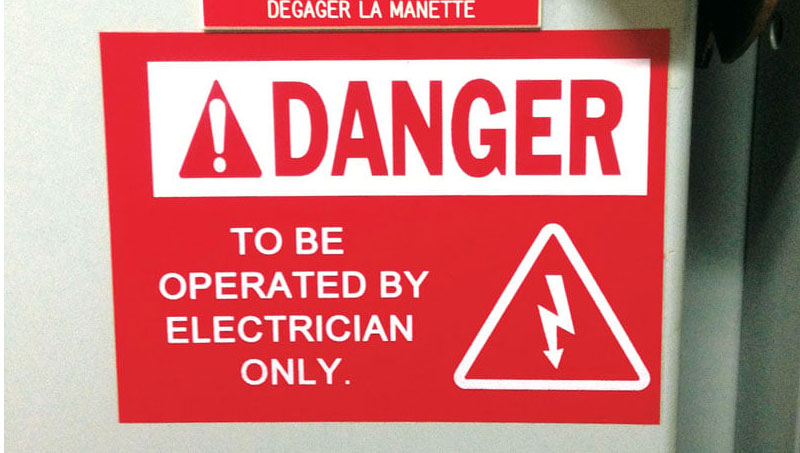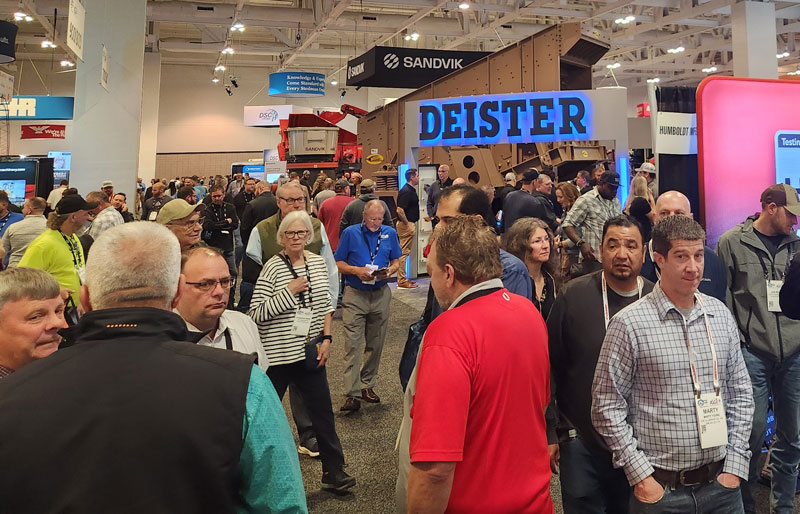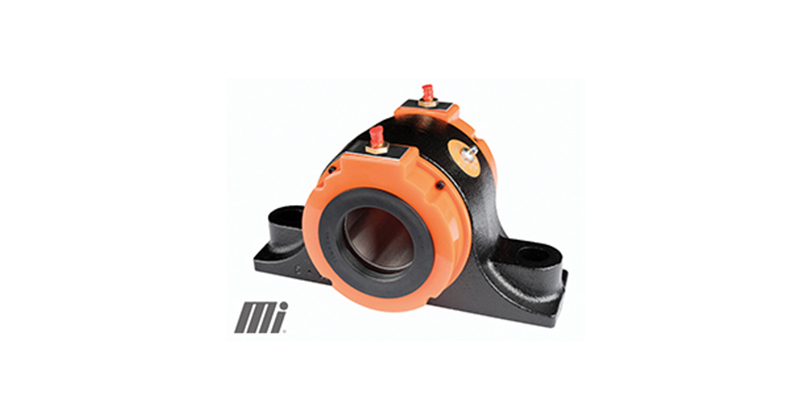
Humans have the ability to perceive most hazards before they cause an incident.
We hear loud noises, alarms, pressure releasing and binding belts.
We see warning signs, dust clouds, trip hazards, poor housekeeping and unprotected edges.
We smell chemicals like sulfur or volatile organic compounds that we need to stay away from.
Generally, we can sense danger, particularly if we know what to look for. But electrical hazards are not necessarily perceived by our senses. This is one reason why electricity is so dangerous.
Year after year, electrical citations remain in the top 20 most common Mine Safety & Health Administration (MSHA) violations.
Typical citations involve lack of labeling, lack of guarding conductors from damage, exposed conductors or missing knockouts. Daily mine inspections are the best way to control these deficiencies.
Merely being technically compliant is like getting a C-plus, but operators can do better. To go home safely every day, operators must nail down the fundamentals of electrical safety – without fail.
Here are four things your teams can commit to today to increase their personal safety as it relates to electrical hazards:
1. Follow company procedures
Established pits and quarries should have site-specific lockout/tagout programs. These tailored plans should outline exactly how to deenergize and safely work on components within the facility or property.
It’s critical to follow your company’s expectations. If you need clarification on company polices, contact a supervisor or safety liaison.
2. Overhead wire awareness
In February of the 2023 season, MSHA sent an alert about three miners who were electrocuted after their trucks contacted overhead electrical conductors and they exited the truck.
On your site, you should alert drivers and workers about overhead electrical hazards by installing signage. Have a traffic flow plan, and keep vehicles away from overhead wires when possible. Avoid staging or parking vehicles, as well as equipment, under power lines. Never defeat a “body up” alarm or allow drivers to drive with their body up.
3. Never touch a downed wire
I spent 15 years working in safety and operations for New England’s largest electric utility. The idea of never touching a downed wire cannot be emphasized enough.
A downed wire does not mean a deenergized wire. I have seen downed cable and phone wires that became energized because they came in contact with electrical wires. I have seen broken conductors become energized from generator back feeds.
Just stay away from any downed wires and call 911 – or your local utility for non-emergencies. And if you’re in a vehicle or equipment that becomes entangled in wires, stay in the cab as long as you can safely do so, and call 911 if possible.
If you must exit the cab because of an immediate danger to your life or health (i.e., a last resort, like escaping a fire in a cab), jump as far from the cab as you can, land with both feet close together and shuffle your feet (to avoid step potential) until you are a school bus-length away from the wire.
4. General electrical safety
Don’t overlook the simple items.
• Keep electrical panels clear and accessible. That way, if you need to shut something off, you have unblocked access.
• Label panels, breakers and devices. And replace labels if they fall off or become unreadable.
• Do not work beyond your expertise. Contact a qualified in-house or external electrician if your system needs electrical modifications or repair.
• “Test” or “try out.” If you are performing a lockout/tagout evolution, never forget the most important part: verify that your isolation plan is effective by testing for zero energy.
• Temporary extension cords. Don’t let temporary cords become permanent. Temporary extension cords are needed in every industry, but they are not legal permanent installs. Permanent installs should be thought out, protected from wear and routed to not cause slip, trip or fall hazards. Overall, permanent installs are a safer solution.
Final thoughts
Clearly, there are many aspects to electrical safety.
Make sure you incorporate fundamental electrical safety into your daily plans and that you maintain tight tolerances with compliance. Uncontrolled electrical hazards are unforgiving, and by the time you realize you made a mistake, it is usually too late.
Stay vigilant.
Previous column: Ways to effectively control silica, prep for MSHA regulation
Steve Fuller has worked over the past 20-plus years with a variety of industries – including aggregates – in operational and safety leadership roles. Now representing Steve Fuller Company, he can be reached at steve@stevefullercompany.com.












